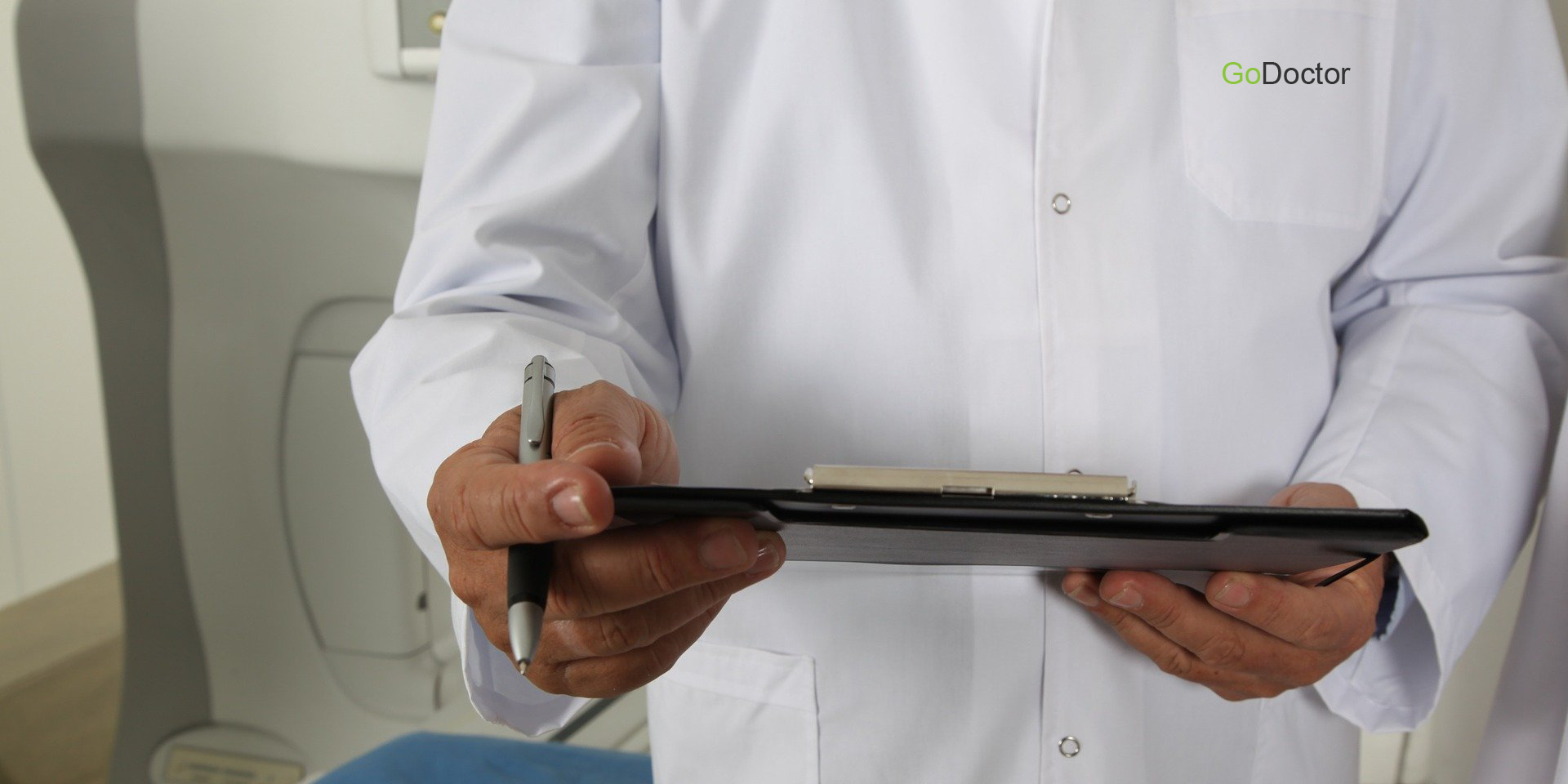Though the first COVID-19 vaccinations arrived to hospitals, health systems, and other medical provider sites a few weeks ago, healthcare executives have been preparing for months on how to store the vaccine, staff immunisation clinics, and organise distribution logistics. “We started preparing back in November because we didn’t want to find ourselves with vaccinations and no plan,” one healthcare executive remarked. One of your concerns is that someone will take the first dose and conclude, “I’m OK; I don’t need the second.” You obviously don’t want that to happen, so being able to use technology to assist folks return for the second dosage is critical.”
New departments, appointment kinds, and processes have been added to the GoDoctor management system. The changes are intended to make it easier to track the dose and vaccine manufacturer, guarantee that patients return for a second treatment, and submit distribution data to the proper parties.
After making changes to their EHR and practise management systems, healthcare professionals focused on the immunisation process’s communication and messaging. “It’s incredibly crucial that folks who are scheduled show up, because you have this precious dosage that once it’s been mixed with saline and is ready to inject,” said another healthcare decision-maker.
With a second vaccination now licenced (and easier to store) and more on the way, distribution will reach more organisations of all shapes and sizes in the near future. Healthcare executives who haven’t yet received the vaccine are already thinking about how they’ll schedule and communicate with their patients once they do, which frequently necessitates a swift reaction and short lead time.
Vaccination Programs Created by Medical Providers Using Technology
Self-service scheduling allows you to optimise your schedule.
Finding the resources to schedule vaccine appointments is one of the most difficult challenges facing healthcare institutions as they try to develop a vaccination programme and fill the calendar. Manually doing this requires a lot of resources, but many people are discovering that self-service technologies like patient self-scheduling may help. In response to the rising and urgent need to assist hospitals and health systems, some patient engagement software companies have lately launched quick-start self-scheduling modules.
On-demand messaging allows for broad communication.
When it comes to immediately disseminating vital vaccination information to a large group of patients, including staff members or a specific list of receivers, broadcast or on-demand messaging options are essential. This is the same sort of technology that healthcare companies have been using for years to warn their patients and employees when severe weather or natural catastrophes like floods and wildfires disrupt their schedules, clinic closings, and other activities. Before this technology, conveying extensive changes would have taken hours of staff effort to make manual phone calls.
Appointment reminders have been set up in COVID-19.
Appointment reminders in a certain COVID-19 configuration are being used by medical practitioners to ensure low no-shows, confusion, and wasted time. It’s no secret that COVID-19 dosages are limited, therefore it’s more vital than ever that patients come on time for their visits. However, appointment reminders customised for certain departments and appointment kinds assist staff in keeping patients organised and making it easy to identify the vaccination manufacturer and dose they’ve received.






